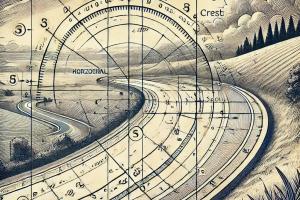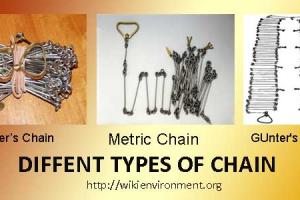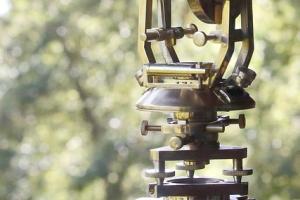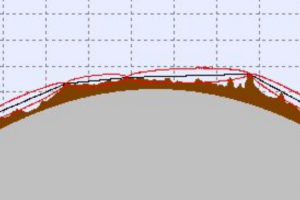Types of Circular Curves in Surveying
In the geometric design of motorways, railways, pipelines, etc., the design and setting out of curves is an important aspect of the engineer’s work. The initial design is usually based on a series of straight sections whose positions are defined largely by the topography of the area. The intersections of pairs of straights are then connected by horizontal curves. In the vertical design, intersecting gradients are connected by curves in the vertical plane.
Circular curves are used to join intersecting straight lines (or tangents). Circular curves are assumed to be concave.
Horizontal circular curves are used to transition the change in alignment at angle points in the tangent (straight) portions of alignments. An angle point is called a point of intersection or PI station; and, the change in alignment is defined by a deflection angle, Δ.
Types of Circular Curves
Types of Circular Curves are:
- Simple Curve
- Compound Curve
- Broken Back Curves
- Reverse Curves
A. Radius of a circular curve
The Radius is the distance from the center of the curve to any point on the circular curve.
B. Direction of a circular curve
The Direction of a Circular Curve is defined as the direction the curve tends, as stationing along the curve increases. Can be expressed as: Left, Right, North, East, South, West, free text.
C. Central angle of a circular curve
The Central Angle of a Circular Curve is the angle at the center of radius of a circular arc included between the radii, passing through the beginning and ending of the arc.
D. Long Chord Length
The Long Chord Length is the straight line distance connecting the beginning of the curve and the end of the curve.
E. Degree of Curvature
The Degree of Curve is defined as the angle subtended by an arc whose length is 100 ft. A Radian is the angle subtended by an arc whose length equals the length of the Radius, or 57° 17’ 44.8”, or 57.295779513°. Degree of Curvature by Arc Defi i. Curvature can be expressed in two ways:
- Stating the length of the chord of the curve
- Stating the radius of curvature
F. Laying out Circular Curves
Select tangents, and general curves making sure you meet minimum radius criteria Select specific curve radii/spiral and calculate important points using formula or table (those needed for design, plans, and lab requirements) Station alignment (as curves are encountered) Determine super and runoff for curves and put in table.
G. Sight Distance of a circular curve
Sight line is a chord of the circular curve. Sight Distance is curve length measured along center line of inside lane. Sight distance can be the controlling aspect of horizontal curve design where obstructions are present near the inside of the curve. To determine the actual sight distance that you have provided, you need to consider that the driver can only see the portion of the roadway ahead that is not hidden by the obstruction. In addition, at the instant the driver is in a position to see a hazard in the roadway ahead, there should be a length of roadway between the vehicle and the hazard that is greater than or equal to the stopping sight distance Curves should be designed with their radius greater than Rmin. If Rmin cannot provided enough lateral clearance to an obstruction.









